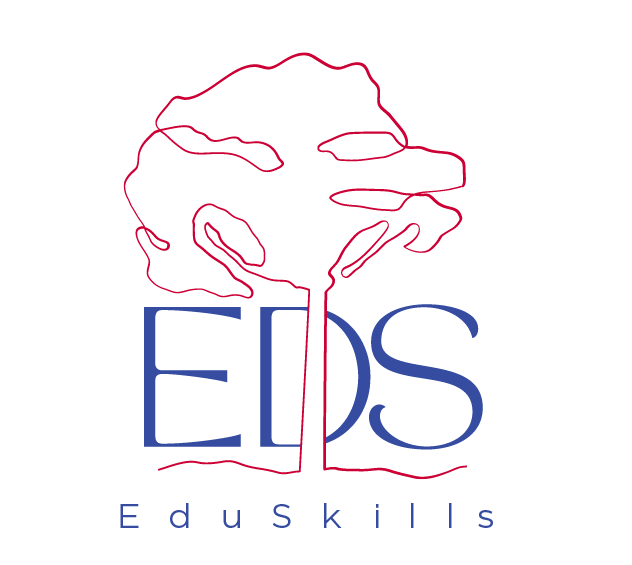by Lauren Funai
If you work in education, you likely don’t need to be told that linguistic diversity has been steadily on the rise in schools across the U.S. Though the United States is one of five countries in the world that has abstained from declaring an official language, English has been, and remains, the de facto for most American schools, businesses, government and about 78% of households in the U.S. Those of you with quick math have already deduced that leaves around 22% of U.S. households speaking a non-English language at home and roughly 21% of children across the country. One study goes so far as to estimate that by 2030, upward of 40% of school children (in the U.S.) will speak English as a second language.
While this may seem startling to those who were born into English, it’s actually more aligned with the global visage of the language. In her TedTalk “2 Billion Voices,” Heather Hansen notes that of the 2.4 billion English speakers in the world, 2 billion have learned the language in a classroom setting. She also asserts that miscommunications drastically increase, not when those who’d migrated to English were communicating amongst themselves, but when they were communicating with a “native” English speaker.
Despite Hansen’s talk being aimed at the global business industry, it should be an alarming observation to public schools across the U.S. who find themselves facing a massive disparity in the amount of students who speak a language other than English at home and the number of educators in the field who are multilingual, a whopping 13%. If we know that communication issues increase between native and learned English speakers, then the nearly 10 percent gap between multilingual educators and the general population is cause for serious concern. While 10.3% of school children in the U.S. will be designated as English Learners (meaning they are congruently learning English and the curriculum), they are much more likely to be learning from a monolingual English speaker in both a mainstream classroom and supplementary English courses, unless specifically enrolled in a dual-language program. Because language assistance plans and classroom language supports seek to aid proficiency in English grammar, pronunciation and vocabulary, bilingualism is not often considered a necessity when it comes to working with linguistically diverse students.
And it’s not.
Kind of.
The issue comes when teachers fail to evaluate the idiosyncrasies of their communication style. Heather Hansen attributes many of the misunderstandings not to the English learners’ lack of fluency, but to the monolingual speakers’ difficulty adapting to different forms of English dialects. While many multilingual speakers have learned to streamline their discourse, people speaking in their home language are more likely to gravitate toward culturally specific idioms, experience difficulty discerning accents, and are more likely to see grammar and speech variations as a hindrance in understanding. All of which serve to create a subconscious communication bias.
School districts have been making an effort to ensure that classrooms are more accessible to the diverse backgrounds of their student populations. Often in multicultural schools, both ELL and mainstream teachers assist language learners through visual supports and vocabulary walls, but how many teachers have learned to restructure the very way that they speak in order to better communicate with their students and families? Neglecting to recognize and address communication bias can have major impacts on multilingual students. While teaching English Language Development at a middle school in Denver, Colorado, I observed that my students who spoke a non-English language at home were more likely to feel conflict with a teacher or administrator, and perhaps most notably, much less likely to have communication between their teachers and families. Do you recognize these patterns in your own schools?
It takes years to learn the cultural expressions of language (think of expressions like “in the ballpark,” or “we’ll touch base”) and even longer to adapt a native-like accent. However, training the monolingual English speakers in the field of education to create flexible, adaptable and accommodating spaces for global communication is much more feasible and can serve to make a world of difference for linguistically diverse students and families.
So why aren’t more districts doing it?
References
“America’s Missing Bilingual Teachers.” The Century Foundation, 16 Nov. 2023,tcf.org/content/commentary/americas-missing-bilingual-teachers/.
“Countries with No Official Language 2024.” Worldpopulationreview.com, 2024, worldpopulationreview.com/country-rankings/countries-with-no-official-language.
Lambert, Matthew C., et al. “The Impact of English Language Learner Status on Screening for Emotional and Behavioral Disorders: A Differential Item Functioning (DIF) Study.” Psychology in the Schools, vol. 55, no. 3, 19 Jan. 2018, pp. 229–239, https://doi.org/10.1002/pits.22103.
TEDx Talks. “2 Billion Voices: How to Speak Bad English Perfectly | Heather Hansen | TEDxOdense.” YouTube, 21 May 2018, www.youtube.com/watch?v=9dum2Z4B3js.
Warner, Gregory , et al. “How to Speak Bad English : Rough Translation.” NPR.org, 21 Apr. 2021, www.npr.org/2021/04/21/989477444/how-to-speak-bad-english.



